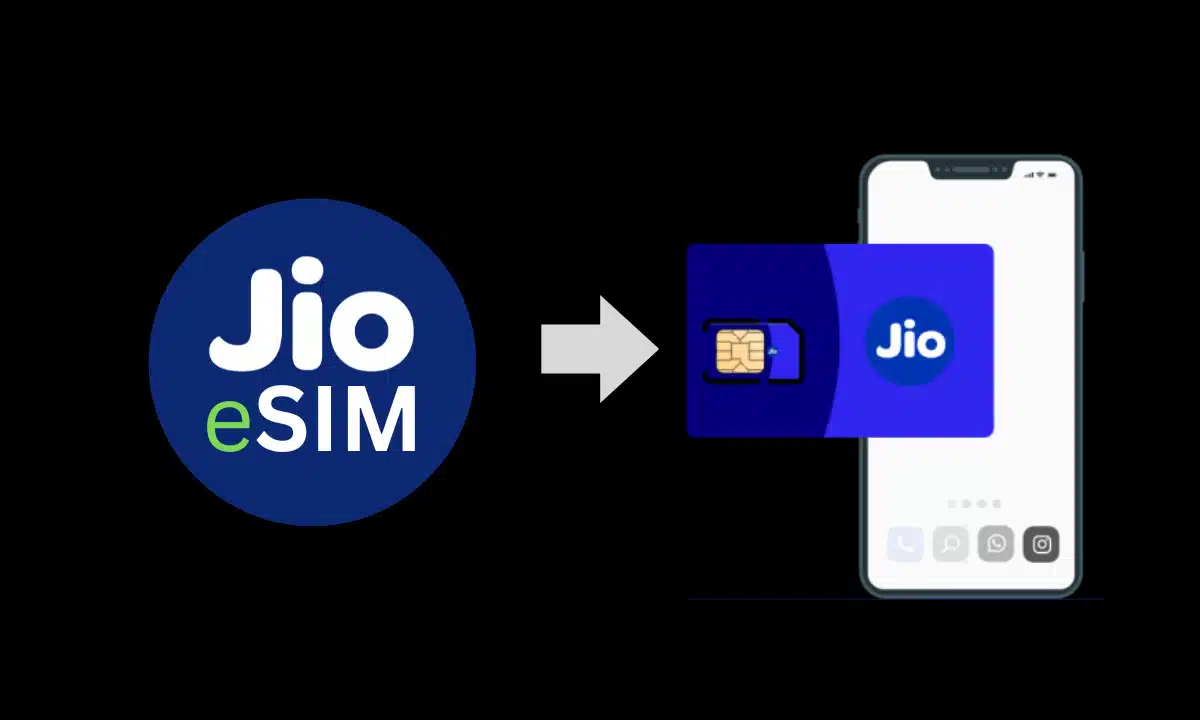
eSIM Downsides: Do They Matter?
The evolution of technology has brought about significant changes in the way we communicate, with one such innovation being the eSIM. You might have already read about the benefits that eSIMs bring about, especially in the areas of convenience and flexibility. But are eSIMs really all that good and without downsides? eSIM Downsides
Read on as we explore some of the downsides of using eSIMs.
Not all devices are eSIM-compatible
One of the primary disadvantages of eSIMs is that you need an eSIM-compatible device, but not all devices are eSIM-compatible!
While most of the newer devices and flagship models are eSIM-compatible, if you are currently using an older device, your device might not be able to support eSIMs.
eSIM compatibility could also depend on other factors like manufacturer and device origin. For example, while most of the newer iPhone models are eSIM-compatible, if you purchased an iPhone from Hong Kong or China, your device might not support eSIMs.
And even if you might have purchased an eSIM-compatible device, if your local carrier does not provide eSIM support for that specific model, you will also not be able to use an eSIM.
eSIMs are not device-agnostic
eSIM stands for embedded SIM. As its name suggests, they are essentially chips that are embedded in your phone. When you provision an eSIM plan, more commonly known as installing an eSIM, what you are essentially doing is downloading the details of your eSIM plan to your phone, similar to downloading a piece of software.
That means, say, an eSIM and the eSIM profile are associated with your device. Unlike a physical SIM card, where you can simply remove the card and insert it into a new device, you can’t do that with eSIMs. You can’t remove the chip from your current device; add it to another device and expect it to continue working.
Check out some of the Nomad eSIM prices:
| Europe | Italy | Thailand |
|---|---|---|
| 1 GB, 7 days: €5 | 1 GB, 7 days: €6 | 1 GB, 7 days: €4.00 |
| 10 GB, 30 days: €15.37 | 10 GB, 30 days: €13.66 | Unlimited: €16.22 |
| Get it here | Get it here | Get it here |
Changing devices might not be straightforward
Leading from the first two points, it should not come as a surprise that if you are using an eSIM, it might not be the most straightforward to change devices.
With a physical SIM, when you are changing phones, you can simply remove the SIM card from your old phone and put it into your new phone. With an eSIM, that is not possible.
If you are using an eSIM and you need to change phones, chances are that you will need to contact your local provider to inquire about how to transfer your eSIM.
While Android and iOS have eSIM transfer tools, not all carriers allow an eSIM transfer. Make sure to double-check that your provider allows you to transfer your eSIM and how you can go about doing that.
Myth-busting: these ‘disadvantages’ are not true!
Some people might think that eSIMs also result in other disadvantages, like using more battery or data or slower speeds. But these are not true!
The use of eSIMs inherently does not result in slower network speeds or worse connections. It also does not drain more battery, nor does it use more data.
If security is a concern, eSIMs are also not less secure than your traditional physical SIM cards.
eSIMs are still a great option for traveling
eSIMs are not all good, and they do come with certain inconveniences, as outlined above.
However, in the context of traveling, eSIMs are a great option. The benefits of an eSIM during your travels will greatly outweigh its disadvantages.
Most of the disadvantages of eSIMs are not relevant in the context of travel. While traveling, it is unlikely that you will be switching phones or devices throughout your trip, so you do not necessarily have to worry about the inconveniences eSIMs have around switching devices.
What you do need to check, though, is that your device is eSIM-compatible, so you will be able to use an eSIM while traveling.
More Nomad eSIM prices:
| Asia | Spain | United States |
|---|---|---|
| 1 GB, 7 days: €4.70 | 1 GB, 7 days: €3.84 | 1 GB, 7 days: €4.27 |
| 10 GB, 30 days: €17.07 | 10 GB, 30 days: €13.66 | 10 GB, 30 days: €12.87 |
| Get it here | Get it here | Get it here |
Get a Nomad eSIM for your next trip
Nomad offers data plans in over 165 countries, and you can be sure to find one that is suitable for your travel needs. And if you will be traveling across multiple countries, there are also regional plans available, so you can stay seamlessly connected as you hop between countries. Data plans are available for as little as $1.50 per GB.
If you are unsure about how much data you need for your trip, Nomad also has a Data Calculator that can help you find the plan that is most suitable for you. Also, check out our blog post on data-saving tips when traveling to keep your data usage in check when traveling.










